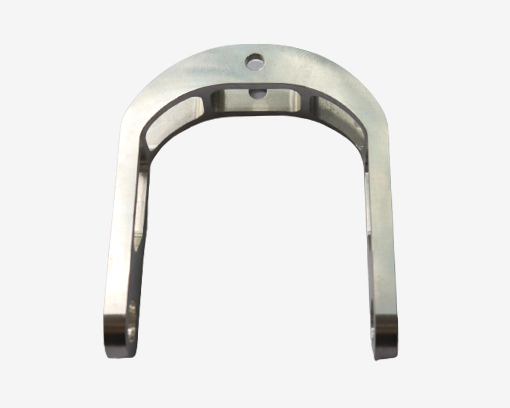(1) Annealing: Heat the aluminum alloy gravity cast product to a certain temperature and maintain it for a certain period of time, then cool it to room temperature at a certain cooling rate for aluminum alloy forging. By diffusing and migrating atoms, the organization becomes more uniform and stable, eliminating internal stress, which can greatly improve the plasticity of the material, but the strength will decrease.
(2) Solid solution quenching treatment: Heat the heat treatable reinforced cast aluminum alloy materials (such as A356, LM25, ZL1101, A357, ZL104, etc.) to a higher temperature and maintain it for a certain period of time, so that the second phase or other soluble components are fully dissolved in the aluminum matrix to form a supersaturated solid solution, and then maintain the supersaturated solid solution at room temperature through rapid cooling for aluminum alloy forging. There is a possibility of precipitation. However, at this point, the material has high plasticity and can be subjected to cold processing or straightening.
(3) Aging: After solid solution quenching, aluminum alloy gravity castings are maintained at room temperature or higher for a period of time. Unstable supersaturated solid solution decomposes, and second phase particles (or precipitates) precipitate from the supersaturated solid solution, distributed around the α (AL) aluminum grains, producing a strengthening effect called precipitation strengthening in aluminum alloy forging.
A type of aluminum alloy forging. Natural aging: Some alloys (such as ZL301) can undergo precipitation strengthening at room temperature, which is called natural aging. Artificial aging: Some alloys (such as A356) do not show significant precipitation strengthening at room temperature, but the precipitation strengthening effect is significant at higher temperatures, which is called artificial aging.

Artificial aging can be divided into under aging and over aging aluminum alloy forging.
① Non aging: In order to achieve certain performance, aluminum alloy forging is carried out by controlling a lower aging temperature and maintaining a shorter aging time.
② Over time: In order to obtain certain special properties and better overall performance, aluminum alloy forging needs to be insulated at higher temperatures or for a longer period of time. Aging in the state of time.
③ Multi stage aging: In order to obtain some special properties and good comprehensive performance, the aging process of aluminum alloy forging is divided into several stages. It can be divided into two-stage and three-stage aging.





